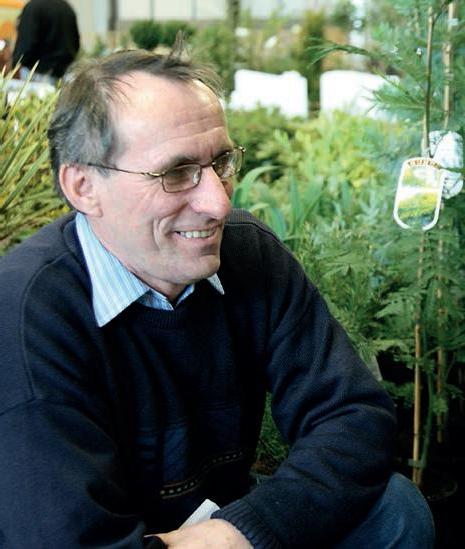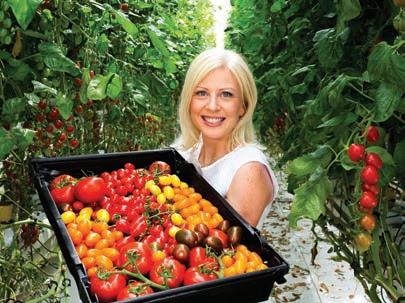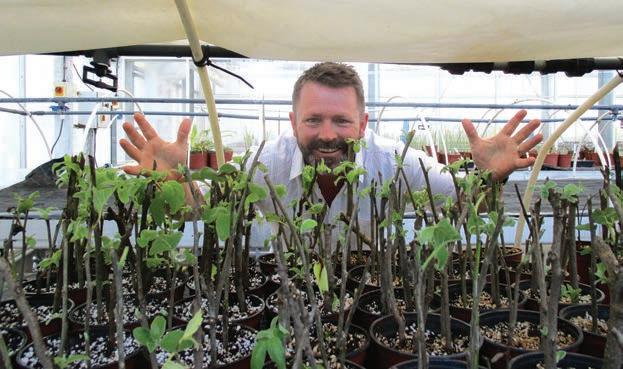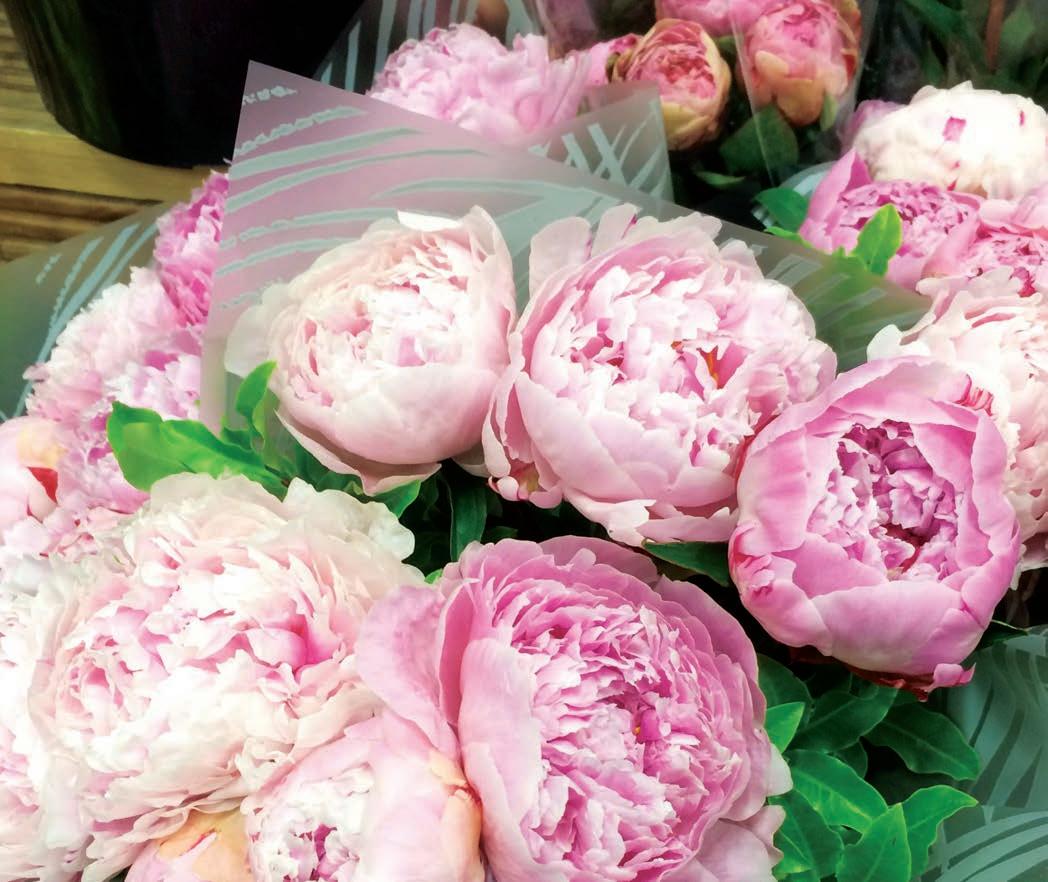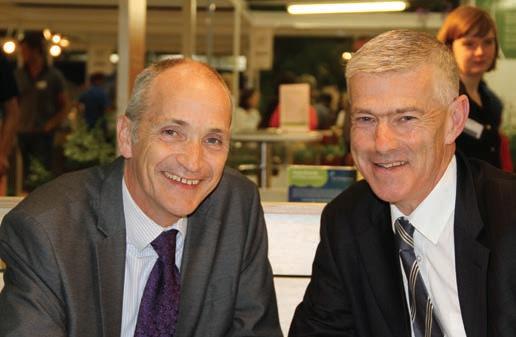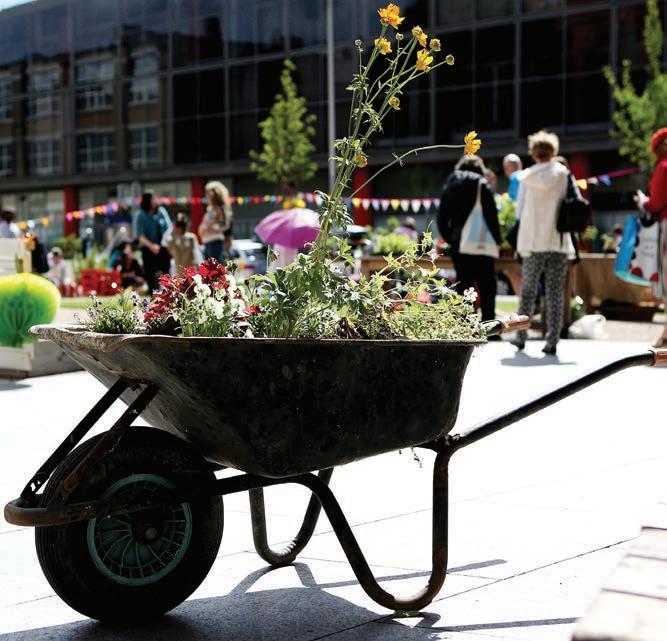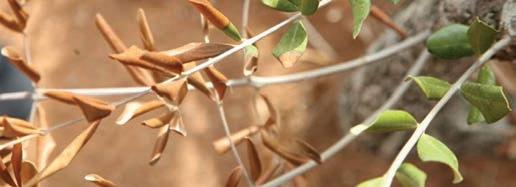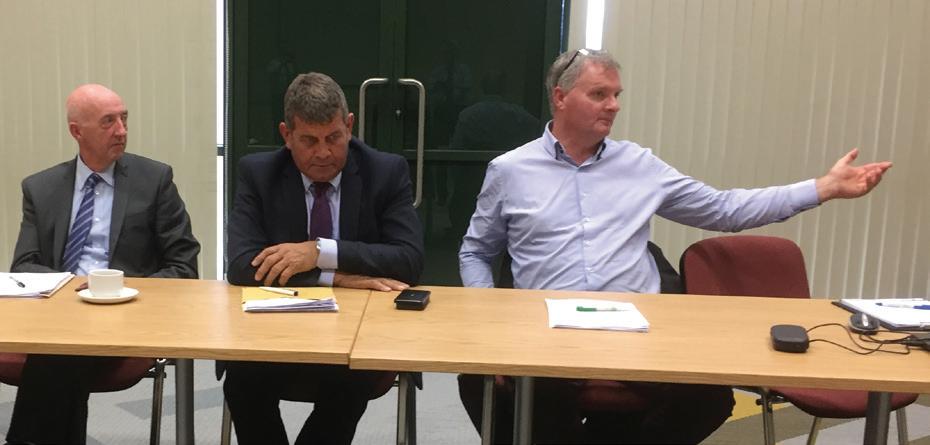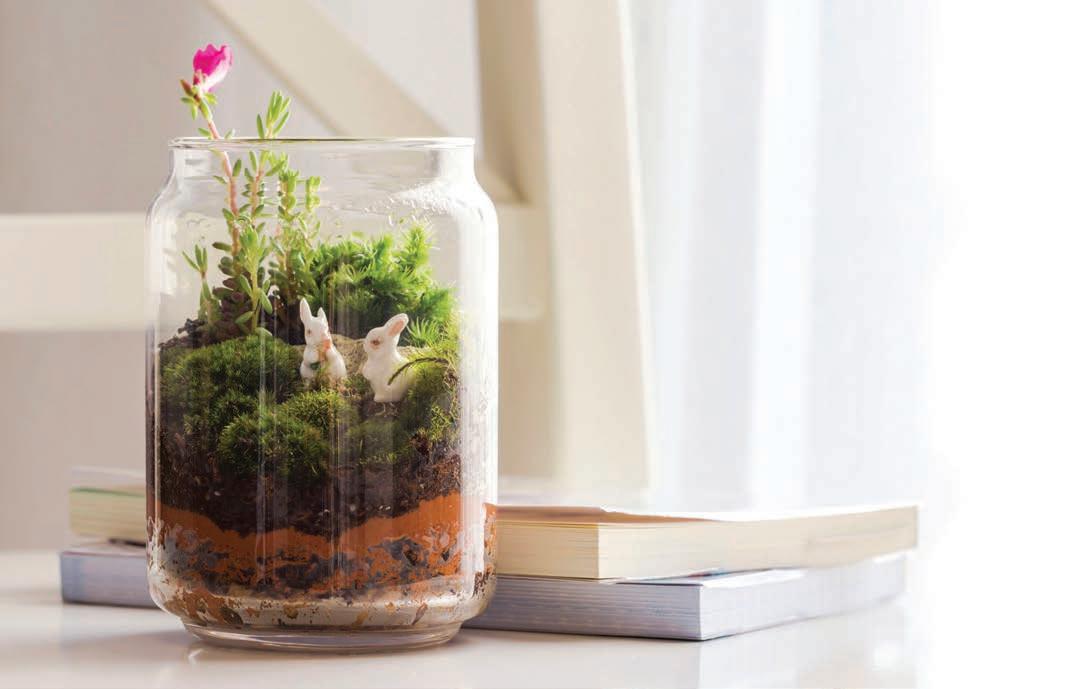TEAGASC ezine / 04
TEAGASC’S NEW MUSHROOM FACILITY AT ASHTOWN Teagasc’s new mushroom growing facility at the Ashtown campus is now completed and the first experimental crops are being conducted. Dr Martin O Donoghue is researching how to get the most out of mushroom substrate with the aim of improving yields, and ultimately the efficiency and profitability of mushroom growers. Martin is using the latest molecular technologies to understand how the mushroom breaks down the compost. All fungi use enzymes to break down the complex food sources present in organic matter. In his DAFM funded research project entitled ‘AgGenes’, Martin is identifying all the genes that are switched on and off in the mushroom over the course of a crop. This will enable him to identify key genes and enzymes involved in the process of substrate utilisation and mushroom production. Mushroom breeders are very interested in knowing what these key genes are so they can select for them in their breeding programmes, ultimately producing more efficient mushroom strains for the sector.
GCSAI EDUCATION DAY AT TEAGASC ASHTOWN Colm Dockrell (Teagasc) addressing the delegates
There was a large attendance last month at Teagasc AFRC Ashtown for the Golf Course Superintendents Association of Ireland's education day. Topics for the morning seminar included; managing turfgrass root systems, golf course tree management and the use of neonicotinoids in turfgrass management. In his presentation, Colm Dockrell from Teagasc National Botanic Gardens outlined the main functions of the turfgrass root and how the grass plant reacts to various environmental conditions and stresses. Neil MacCrimmon from Grasshopper Tree Care outlined the importance of having a tree maintenance plan for both old and recently planted trees on a golf course. He also addressed the legal obligation for golf course owners to carry out regular surveys on their trees. The last speaker was Dr
12
Colin Mumford, technical advisor to Bayer Crop Science. His topic was the use of neonicotinoids and in particular imidacloprid for controlling leatherjackets on turf. Because of the danger to bees and other pollinating insects, the use of imidacloprid on flowering crops has been withdrawn. Dr Mumford stressed the importance of timing when using this product to control leatherjackets in turf. After lunch, the delegates were brought on a tour of the new turfgrass training academy at Teagasc Ashtown. Construction work on the facility began in March and the grass was sown in early June. The facility, which comprises three golf holes with tee boxes, greens and bunkers constructed to the most modern specifications, highlights the commitment of Teagasc to turfgrass training in the future. ✽
HORTICULTURECONNECTED / www.horticulture.ie / Winter 2017
✽
TEAGASC TURFGRASS TRAINING ACADEMY


